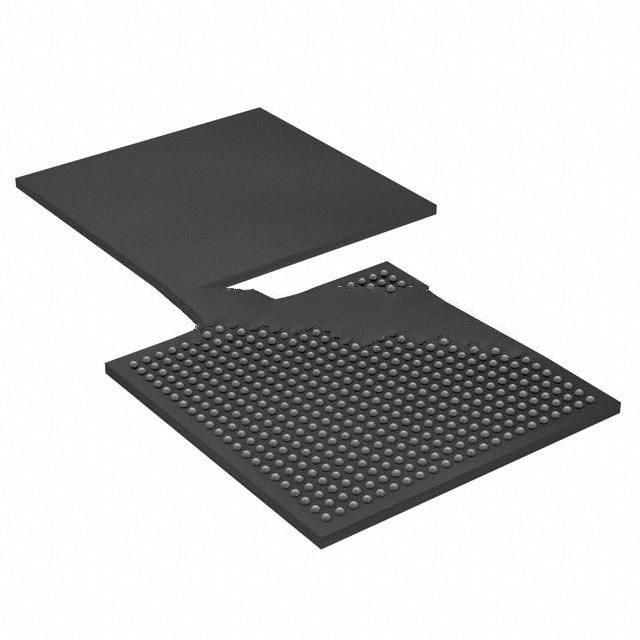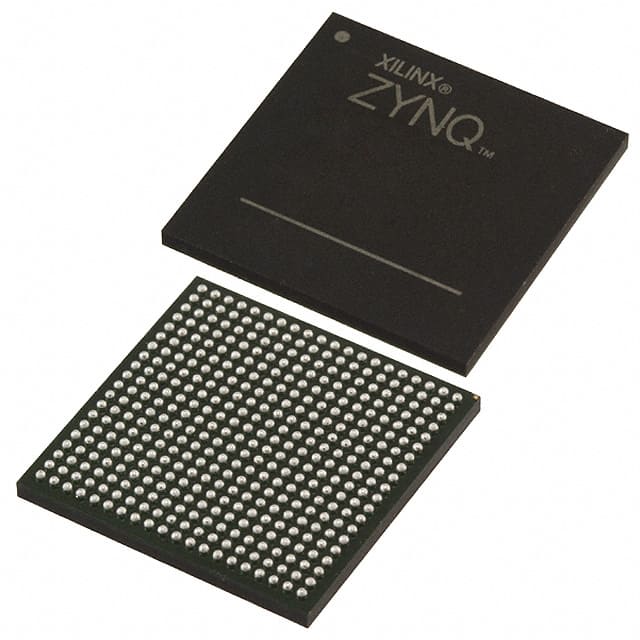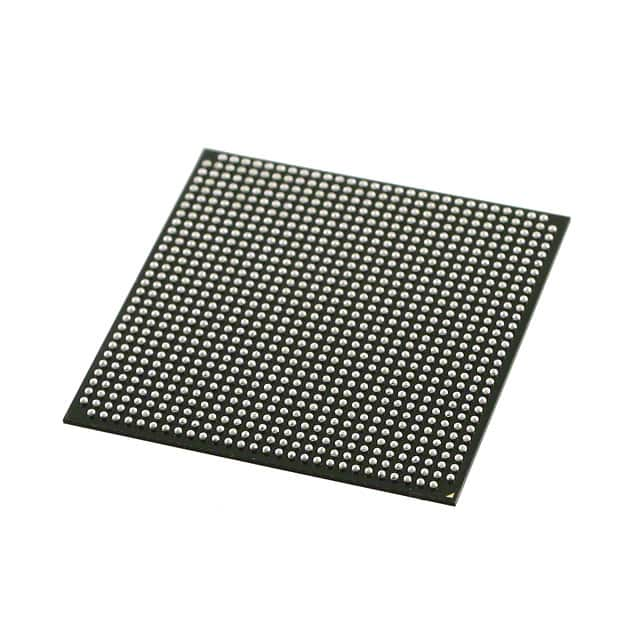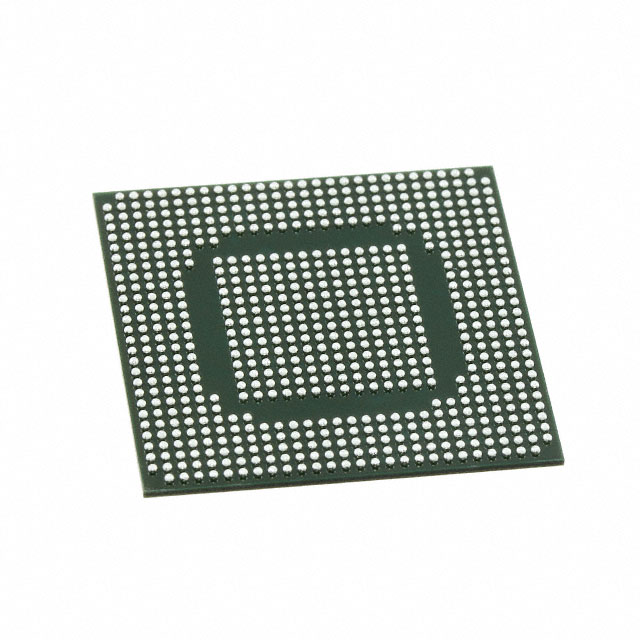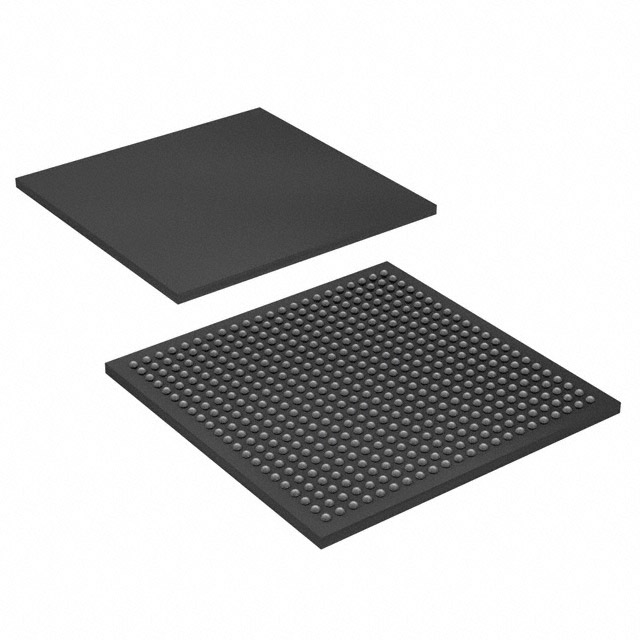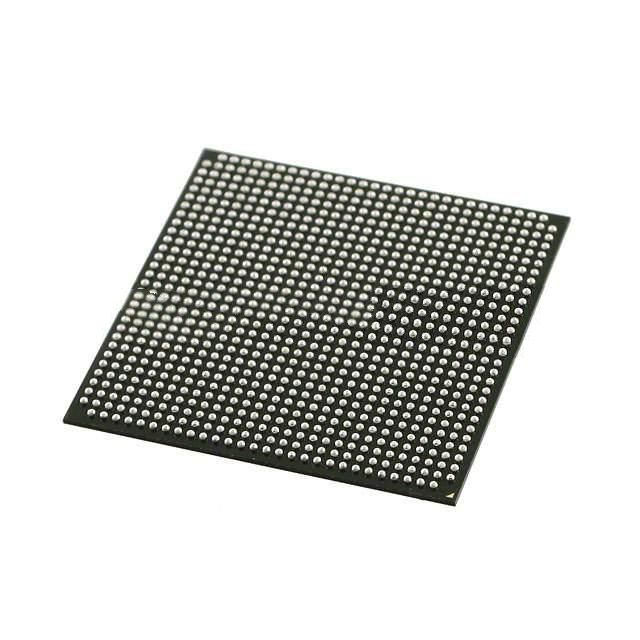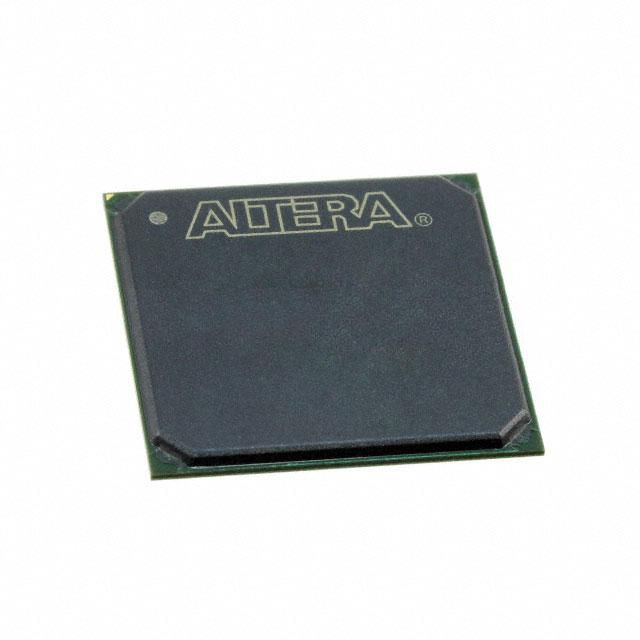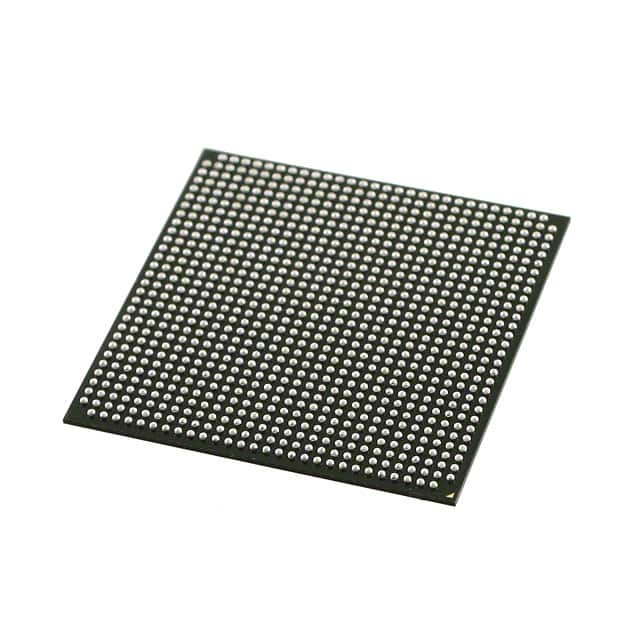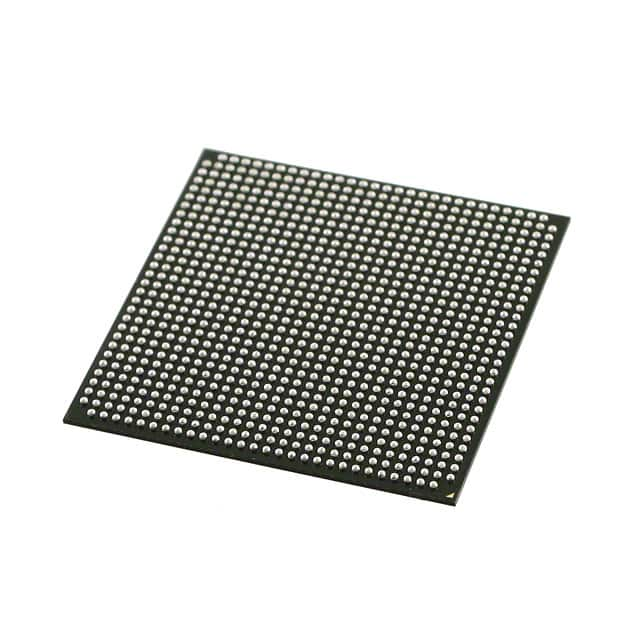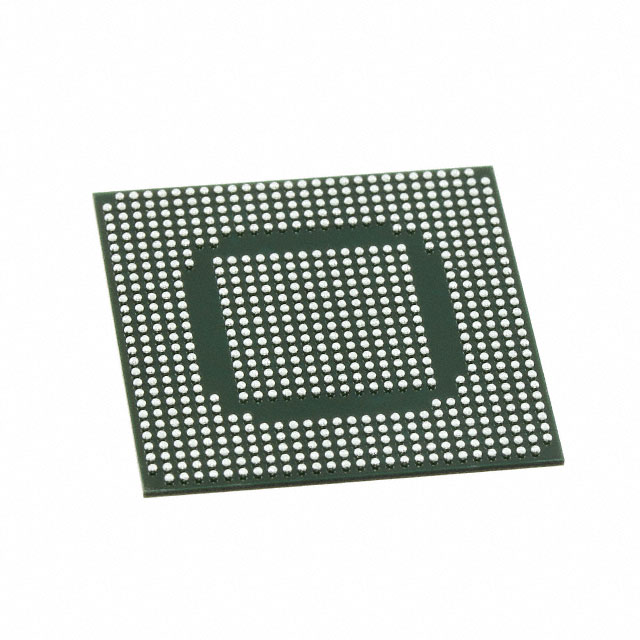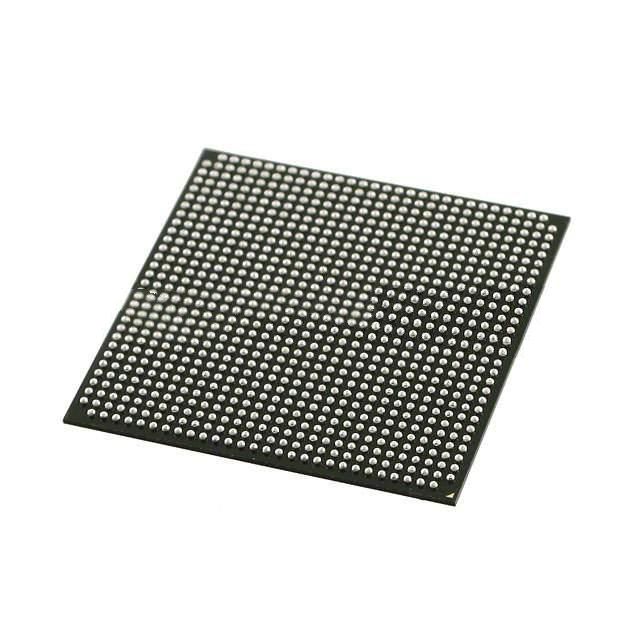5CSEBA4U19I7N Product Introduction:
Intel Part Number 5CSEBA4U19I7N(Embedded - System On Chip (SoC)), developed and manufactured by Intel, distributed globally by Jinftry. We distribute various electronic components from world-renowned brands and provide one-stop services, making us a trusted global electronic component distributor.
5CSEBA4U19I7N is one of the part numbers distributed by Jinftry, and you can learn about its specifications/configurations, package/case, Datasheet, and other information here. Electronic components are affected by supply and demand, and prices fluctuate frequently. If you have a demand, please do not hesitate to send us an RFQ or email us immediately sales@jinftry.com Please inquire about the real-time unit price, Data Code, Lead time, payment terms, and any other information you would like to know. We will do our best to provide you with a quotation and reply as soon as possible.
Introducing the Intel 5CSEBA4U19I7N, a cutting-edge FPGA (Field-Programmable Gate Array) that revolutionizes the world of computing and offers unparalleled performance and versatility. This powerful FPGA is designed to meet the demands of today's most complex applications, making it the ideal choice for a wide range of industries.
One of the standout features of the Intel 5CSEBA4U19I7N is its impressive processing power. With a high-performance Intel Stratix 10 FPGA, this device delivers exceptional speed and efficiency, enabling users to tackle even the most demanding computational tasks with ease. Additionally, the FPGA offers a generous amount of programmable logic, allowing for the implementation of complex algorithms and custom designs.
The Intel 5CSEBA4U19I7N is also equipped with advanced connectivity options, including high-speed transceivers and Ethernet interfaces. This enables seamless integration with other devices and systems, making it an excellent choice for applications such as data centers, telecommunications, and industrial automation.
Furthermore, this FPGA boasts a robust security framework, ensuring the protection of sensitive data and intellectual property. With built-in security features such as secure boot and encrypted storage, users can have peace of mind knowing their information is safeguarded.
In conclusion, the Intel 5CSEBA4U19I7N is a game-changing FPGA that offers exceptional performance, advanced connectivity, and robust security. Whether you're working in data centers, telecommunications, or industrial automation, this FPGA is the perfect solution to meet your computing needs. Experience the future of computing with the Intel 5CSEBA4U19I7N.
System-on-chip (SoC), also known as single-chip system or system-level chip, is a highly integrated product, the complete system usually includes the central processor (CPU), memory, and peripheral circuits, etc., to achieve the basic functions of computing, storage, communication, control and other electronic systems. And by providing programmable hardware resources and flexible software development environment to realize the specific system functions. An SoC is not only a product, but also a technology that enables the entire process from determining system functionality, to software/hardware partitioning, and completing the design.
Application
On-chip System (SoC) application field is very wide, almost covers all need a highly integrated and efficient operation of electronic equipment. In portable devices such as smartphones and tablets, SOCs are the key to achieving high performance, low power consumption and long battery life. In the field of data center and cloud computing, high-performance SoCs provide powerful data processing and storage capabilities; In medical equipment, the integration and portability of SoC make medical monitoring and treatment more convenient. In the Internet of Things (IoT) space, low-power, wirelessly connected SoCs offer endless possibilities for smart devices.
FAQ about Embedded - System On Chip (SoC)
-
1. How does SoC compare to FPGA or ASIC?
A SoC is a complete system designed for a wide range of general-purpose applications. Whereas FPGAs are programmable hardware logic devices for scenarios that require flexibility and customized hardware, ASICs (Application Specific Integrated Circuits) are hardware designed for specific applications that are more efficient than SoCs or FPGAs, but lack flexibility.
-
2. How can SoCs help reduce the cost of embedded systems?
SoCs integrate multiple hardware components, reducing the need to use external chips, which in turn reduces material costs, power consumption and board area. This high level of integration can also simplify the design and manufacturing process, reducing development time.
-
3. How do embedded developers develop software for SoCs?
SoC development usually requires a dedicated integrated development environment (IDE) and software development toolchain. Many vendors (e.g. ARM, Qualcomm, NXP) provide developers with software development kits (SDKs) and operating system support (e.g. Linux, Android, FreeRTOS) to help streamline the development process.
 Lead free / RoHS Compliant
Lead free / RoHS Compliant



